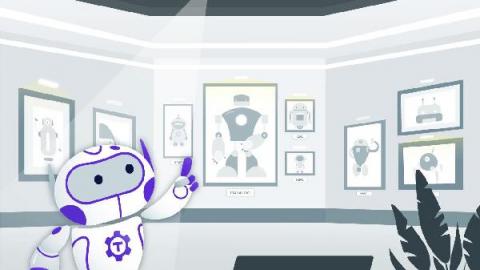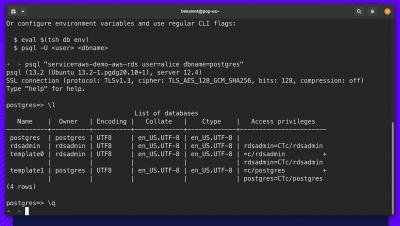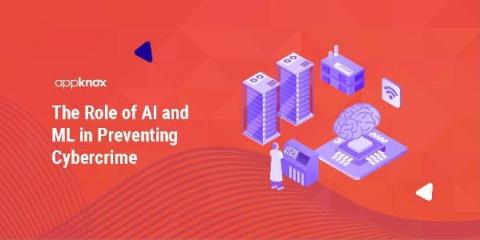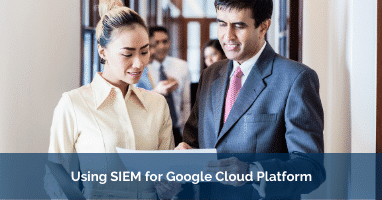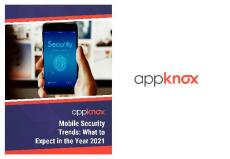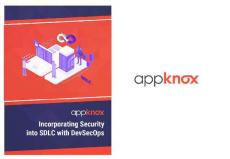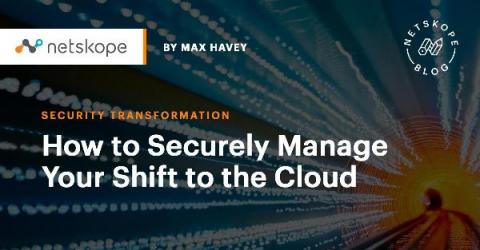In Search For a Perfect Access Control System
Every cloud has its own identity and access management system. AWS and Google use a bunch of JSON files specifying various rules. Open source projects like Kubernetes support three concurrent access control models - attribute-based, role-based and a webhook access control, all expressed using YAML. Some teams are going as far as inventing their own programming language to solve this evergreen problem.


